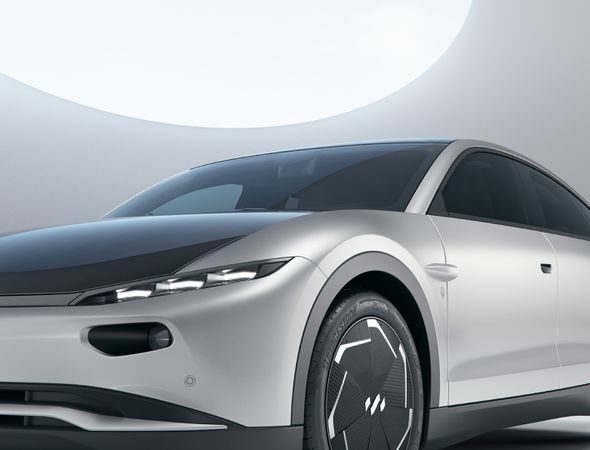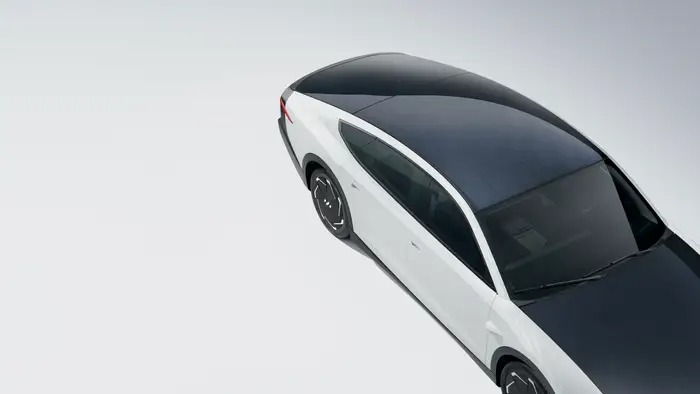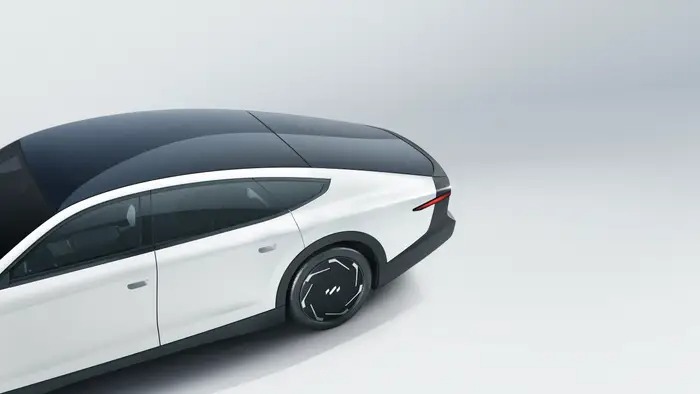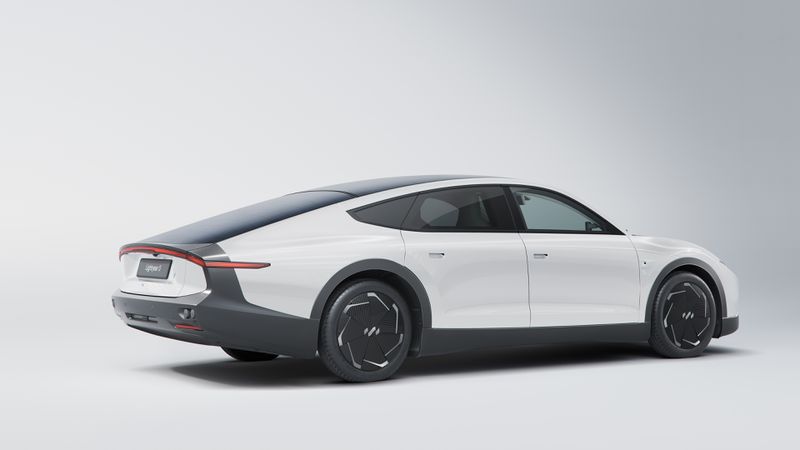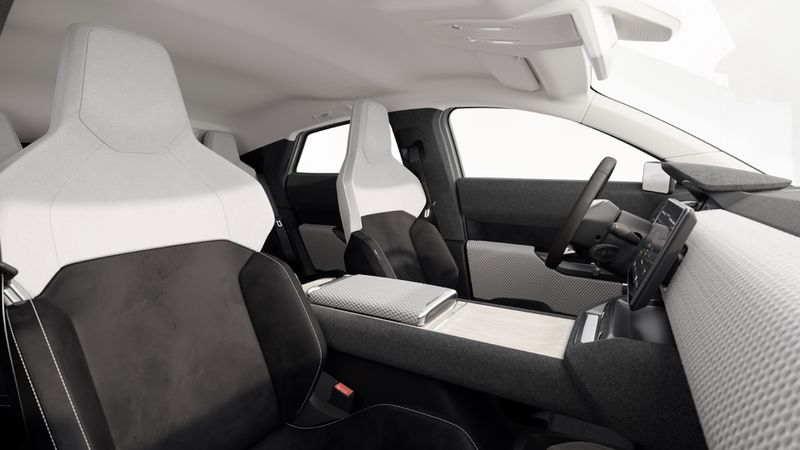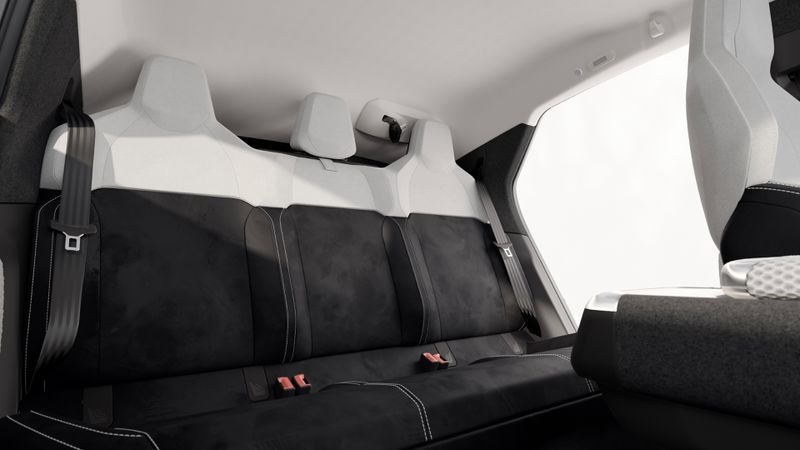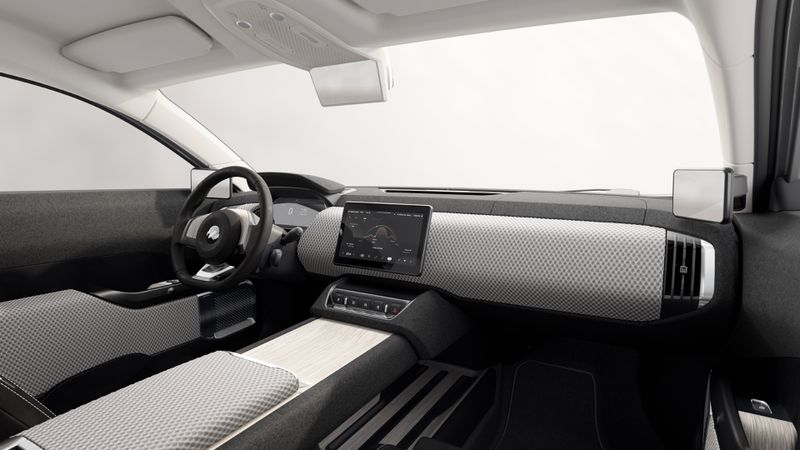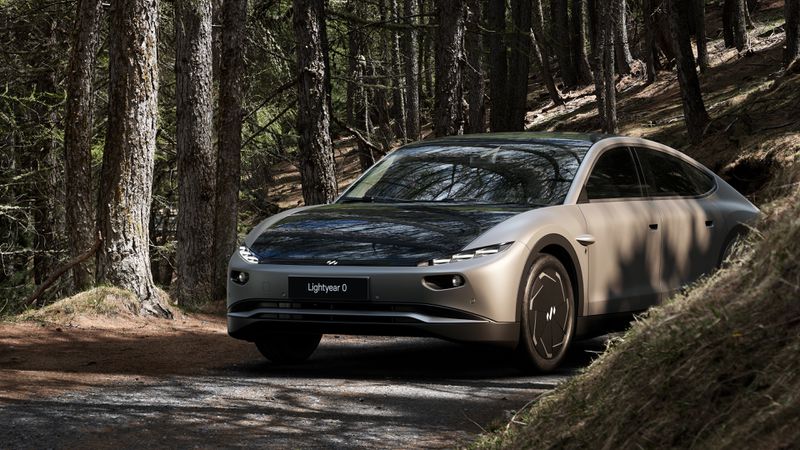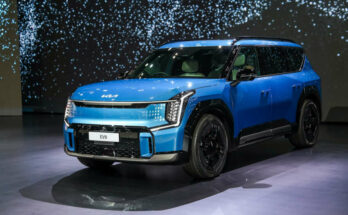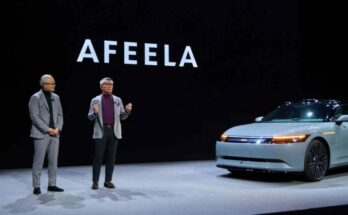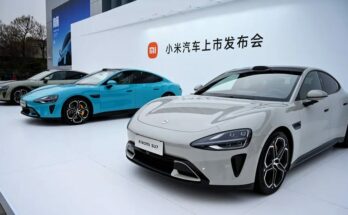A Dutch EV startup Lightyear revealed its first solar-powered electric vehicle, called as Lightyear 0, at an event earlier this week in the Netherlands. The vehicle, which Lightyear describes as production-ready, has 388 miles (625km) of range, 44 miles (71km) of which are derived from solar power alone.
Related: Lynk & Co Unveils ‘The Next Day’ Concept
Founded in the Netherlands in 2016, Lightyear will be making 949 of these models which will cost $263,000. The Lightyear 0 is the product of 6 years of research and development from its engineering team. The inclusion of solar panels, which is rare in the automotive space, is what makes this vehicle stand out. The Lightyear 0 features five square meters (53.8 square feet) of “patented, double curve solar arrays,” allowing the vehicle to charge itself when it’s driving around or just sitting in the sun.
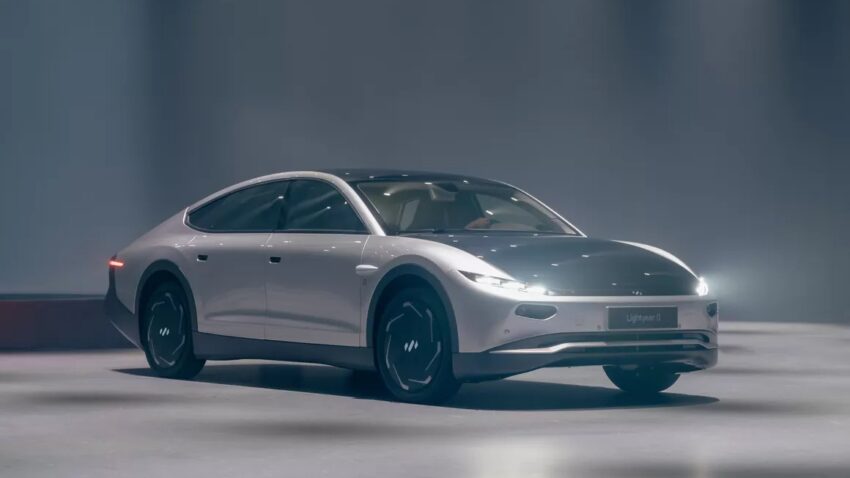
Someone who has a daily commute of just under 35km could conceivably drive for months without having to plug the vehicle in for recharging. “In climates such as the Netherlands, it would be two months and, in Spain or Portugal, as much as seven months,” Lightyear claims. According to Lex Hoefsloot, the Chief Executive Officer and Co-Founder of Lightyear:
“Electric cars are a step in the right direction, but they are dependent on the grid, which is still dependent on mostly fossil fuel energy. Adding a new source, the sun, adds certainty that you will always have that charge and you will have to charge a lot less often.”
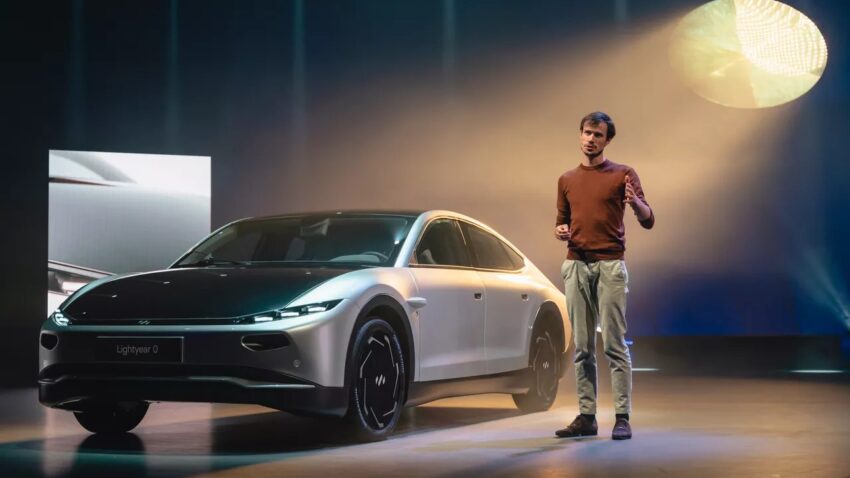
The Lightyear 0 features a 60kWh battery pack with four electric motors that supply 174 hp of power helping the vehicle sprint from 0-100km/h in 10 seconds and reach a top speed of 160km/h. When plugged into a regular home socket, Lightyear 0 can still charge 32 km of range per hour.
Related: Are Hybrid Cars a Mid-Term Solution Before Launching EVs in Pakistan?
The interior is predictably minimal but also refined with a nod toward sustainability. The materials are all 100% vegan, including microfiber upholstery, plant-based leather, fabrics made from recycled bottles, rattan palm wood trim, and insulated particle foam. The 10.1-inch center touchscreen runs on Android Automotive, which is Google’s native operating system that’s also found in a bunch of Volvo and Polestar vehicles. And the Lightyear 0 features all the other high-tech gizmos, like phone-as-key capability, over-the-air software updates, and Android Auto and Apple CarPlay connectivity.
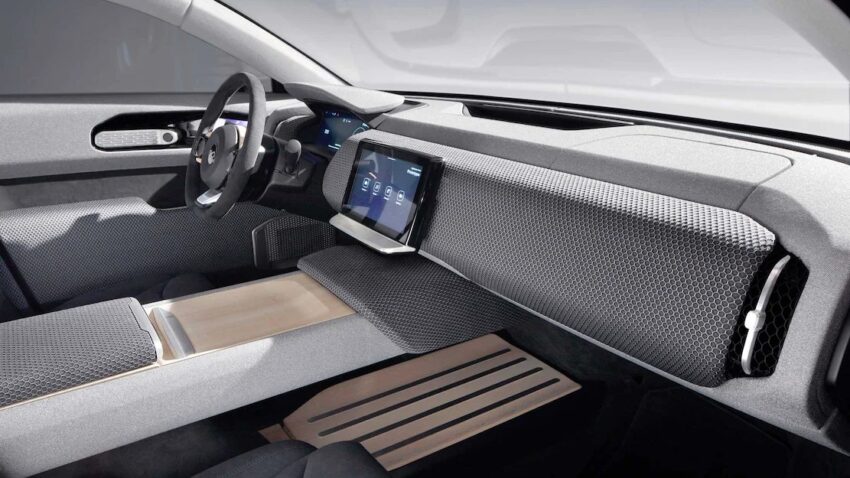
Lightyear isn’t the only company staring at the sun for inspiration. Aptera — a California startup that crashed in the aftermath of the Great Recession — was recently resurrected and is still plugging away. German startup Sono Motors is also working on a solar-powered electric car. Mercedes-Benz’s Vision EQXX concept includes a solar roof array of 117 cells. Hyundai also played by installing a solar panel roof with the 8th gen Sonata and Toyota has promised an optional solar roof for its recently released BZ4X electric SUV.
Related: Electric Vehicle Adoption Projection Between 2022 and 2025
The Dutch start-up, which specializes in scalable grid-independent solar electric vehicles, will accept pre-orders for the Lightyear 0 towards the end of this year. After 0, the company plans to follow up with a more affordable, mass-market car by 2025.

A computer animation professional with over 23 years of industry experience having served in leading organizations, TV channels & production facilities in Pakistan. An avid car enthusiast and petrolhead with an affection to deliver quality content to help shape opinions. Formerly written for PakWheels as well as major publications including Dawn. Founder of CarSpiritPK.com

